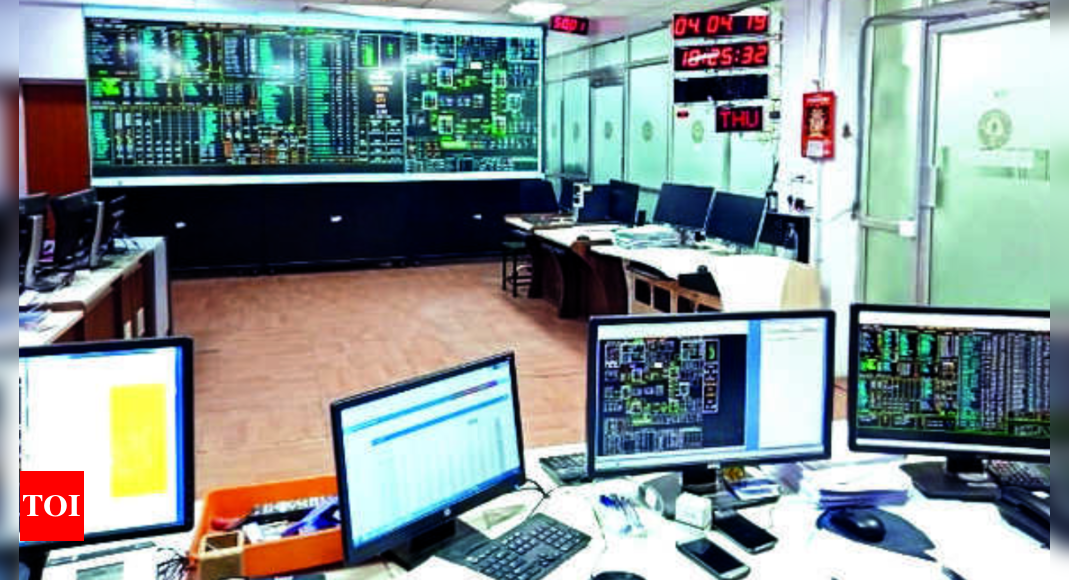Tangedco forms cyber security team to check grid hacking in Tamil Nadu | Chennai News
An information security division (ISD) and a security operation centre (SOC) have been formed by redeploying the existing officials in line with the guidelines issued by the Central Electricity Authority (CEA) in 2021 for compliance by power utilities across the country.
There were reports of Chinese hackers targeting Indian power hubs last year. Tata Power confirmed it was hit by a cyberattack in October 2022.
The Union government has already set up a computer emergency response team under the power ministry to act as a nodal agency to coordinate all matters related to cyber security.
Framing of information security policy, implementing a security management system, and cyber crisis management plan, acquiring ISO 27001, conducting cyber security audits once in six months and mock drills are some of the cyber security measures Tangedco should incorporate to comply with CEA guidelines.
Currently, one assistant executive engineer and eight assistant engineers have been shifted to take care of the activities of ISD and SOC at the state load despatch centre, while two executive engineers and an assistant executive engineer will take care of the cyber security activities on behalf of CERT-GO and CERT-TRANS.
The chief engineer (personnel) at Tangedco has been directed to identify officers and redeploy them in the newly created posts. A senior official of the discom said that dedicated teams for cyber security have been formed to secure the power networks from the cyber-attacks leading to blackouts in future.



